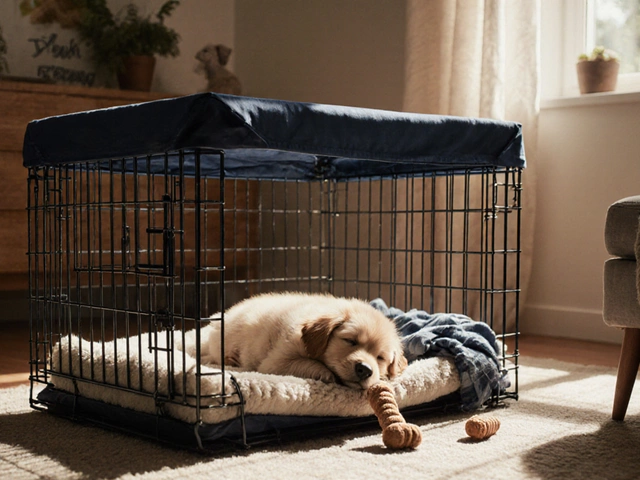Dog‑Friendly Workplace: How to Make Your Office Welcoming for Dogs
When thinking about dog-friendly workplace, an office that allows dogs and supports their well‑being while staff work. Also known as pet‑friendly office, it hinges on clear guidelines, flexible arrangements, and a culture that respects both humans and canines.
A solid pet policy, written rules covering dog access, behavior expectations, and owner responsibilities is the backbone of any dog-friendly workplace. It defines where dogs can roam, what amenities (like water stations or dog‑friendly break rooms) are provided, and how conflicts are handled. Without a policy, enthusiasm can turn into chaos, and the benefits of allowing dogs quickly fade.
Offering remote work, flexible home‑office options that let employees keep their dogs nearby expands the reach of a pet‑friendly culture. Employees who can log in from home preserve a calm environment for their dogs, reduce commuter stress, and still stay connected to the team. Remote work also lessens the need for strict on‑site dog zones, making the office easier to manage when staff are in the building.
Companies that support dog‑friendly travel, business trips or conferences that accommodate dogs in cabins or pet‑friendly hotels strengthen loyalty. When a worker knows their dog can join them on a work‑related trip, they’re more likely to stay productive and feel valued. This travel perk ties directly to the office’s pet policy, which often outlines reimbursement rules and required documentation.
Ensuring dog health, regular exercise, vaccinations, and stress‑free environments is a shared responsibility. Healthy dogs are quieter, less prone to accidents, and generally happier, which translates into fewer disruptions. Employers can aid health by providing on‑site dog‑walking breaks, partnering with local vets for vaccination clinics, or offering pet‑wellness stipends.
Local pet‑friendly laws, city or state regulations that dictate where dogs can be in public buildings shape what a dog‑friendly workplace can actually do. Understanding these laws helps HR craft compliant policies, avoid fines, and communicate clearly with employees about legal boundaries. For example, some jurisdictions require designated “service animal” areas, while others set limits on breed types or size.
Designing the physical space for a dog‑friendly office, layout that includes dog zones, easy‑to‑clean flooring, and quiet corners for pets to rest boosts both productivity and morale. Simple touches like raised water bowls, washable mats, and signage for dog‑only areas keep the environment tidy and safe. When employees see the office genuinely supports their pets, they’re more engaged and less likely to seek other jobs.
What’s Inside This Collection
The articles below dive deeper into each of these topics – from legal nuances about the least pet‑friendly states to practical grooming tips that keep office dogs looking sharp. Whether you’re drafting a pet policy, planning a dog‑inclusive business trip, or just curious about the health impact of letting dogs nap at your desk, you’ll find actionable advice and real‑world examples to help your workplace become truly dog‑friendly.

Can You Own a Dog While Working a 9‑5 Job? Practical Tips & Options
Find out if a 9‑5 job can work with dog ownership, learn breed picks, daily care tricks, and the best support options for busy professionals.
read more



